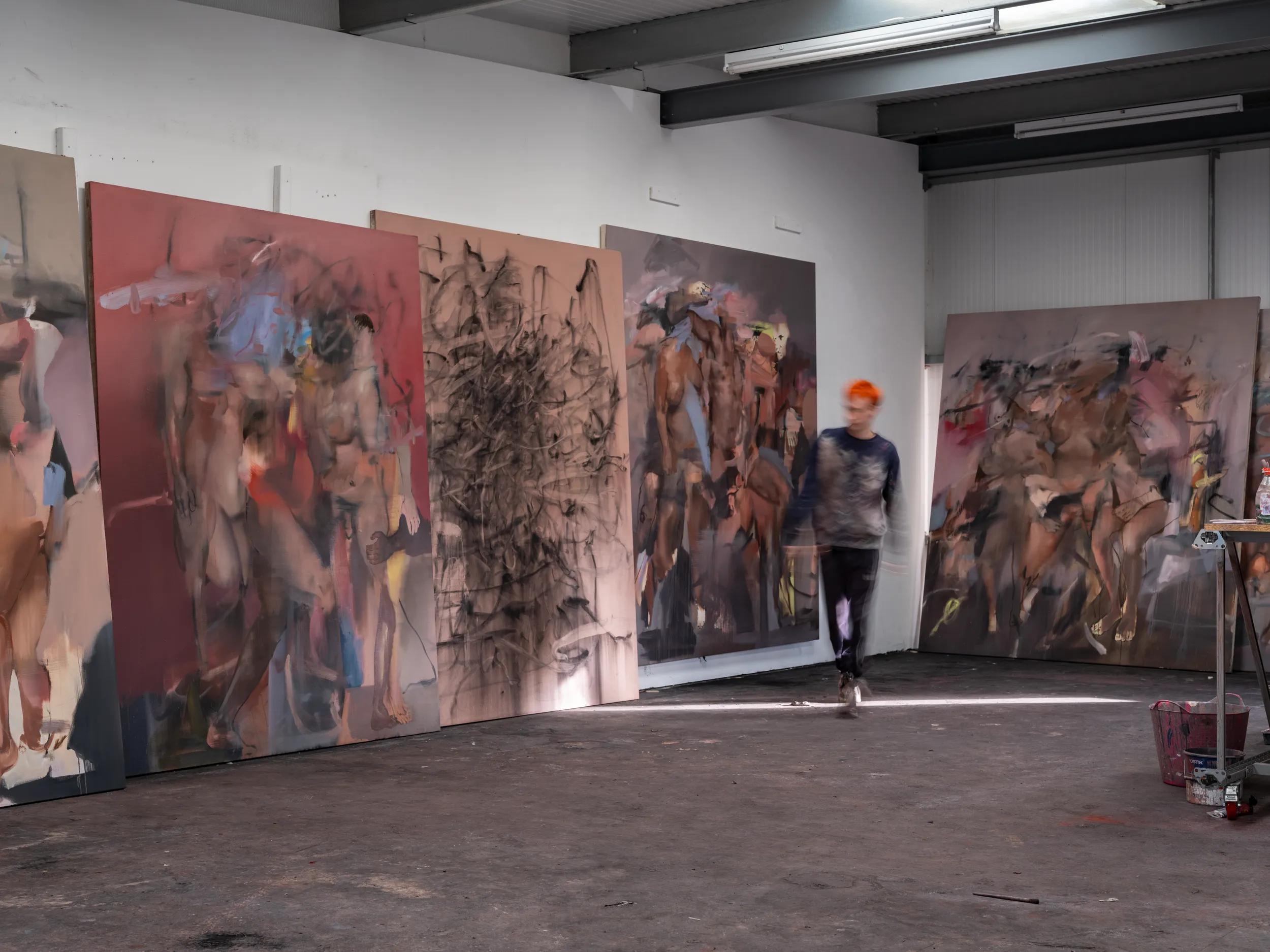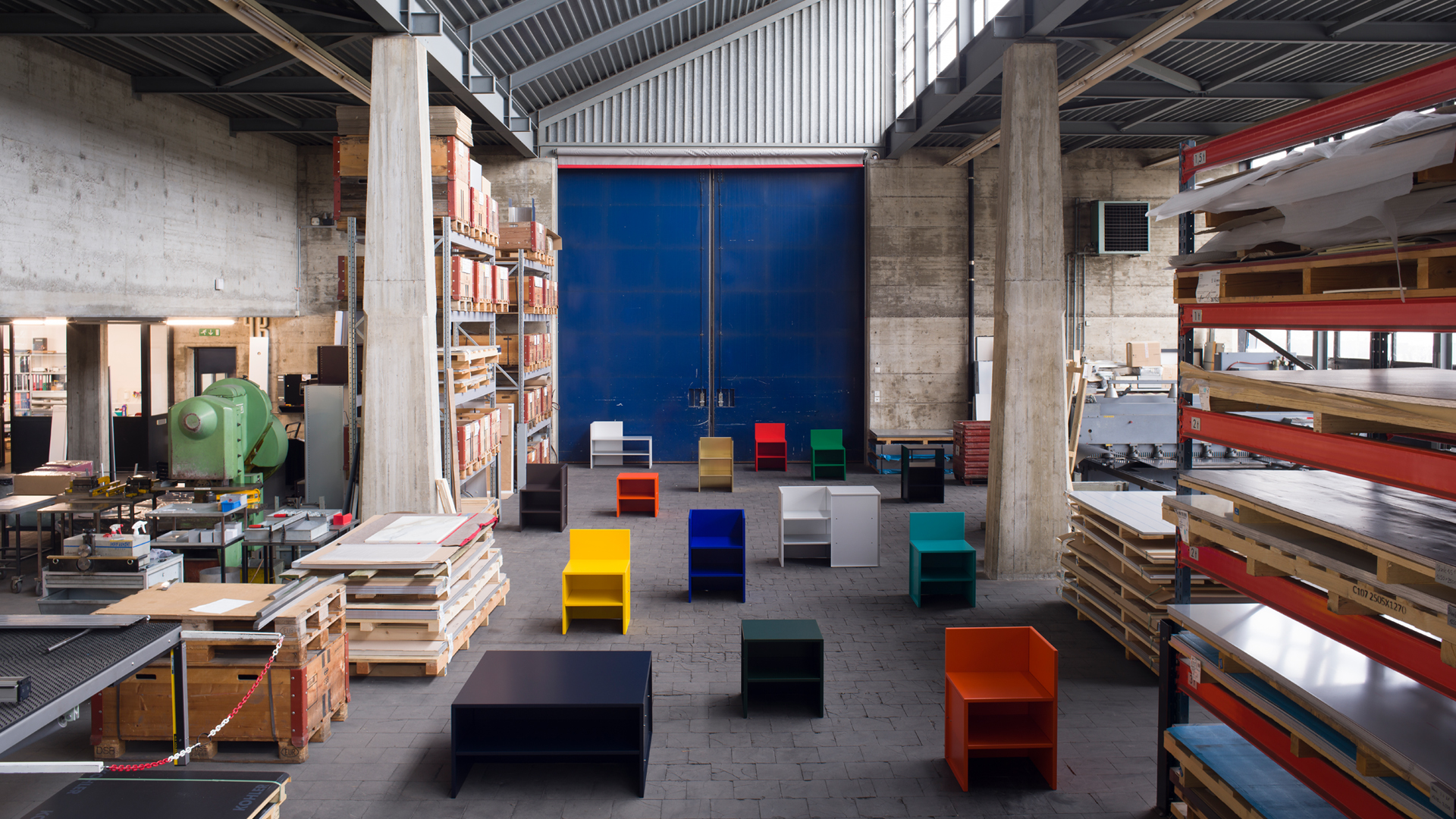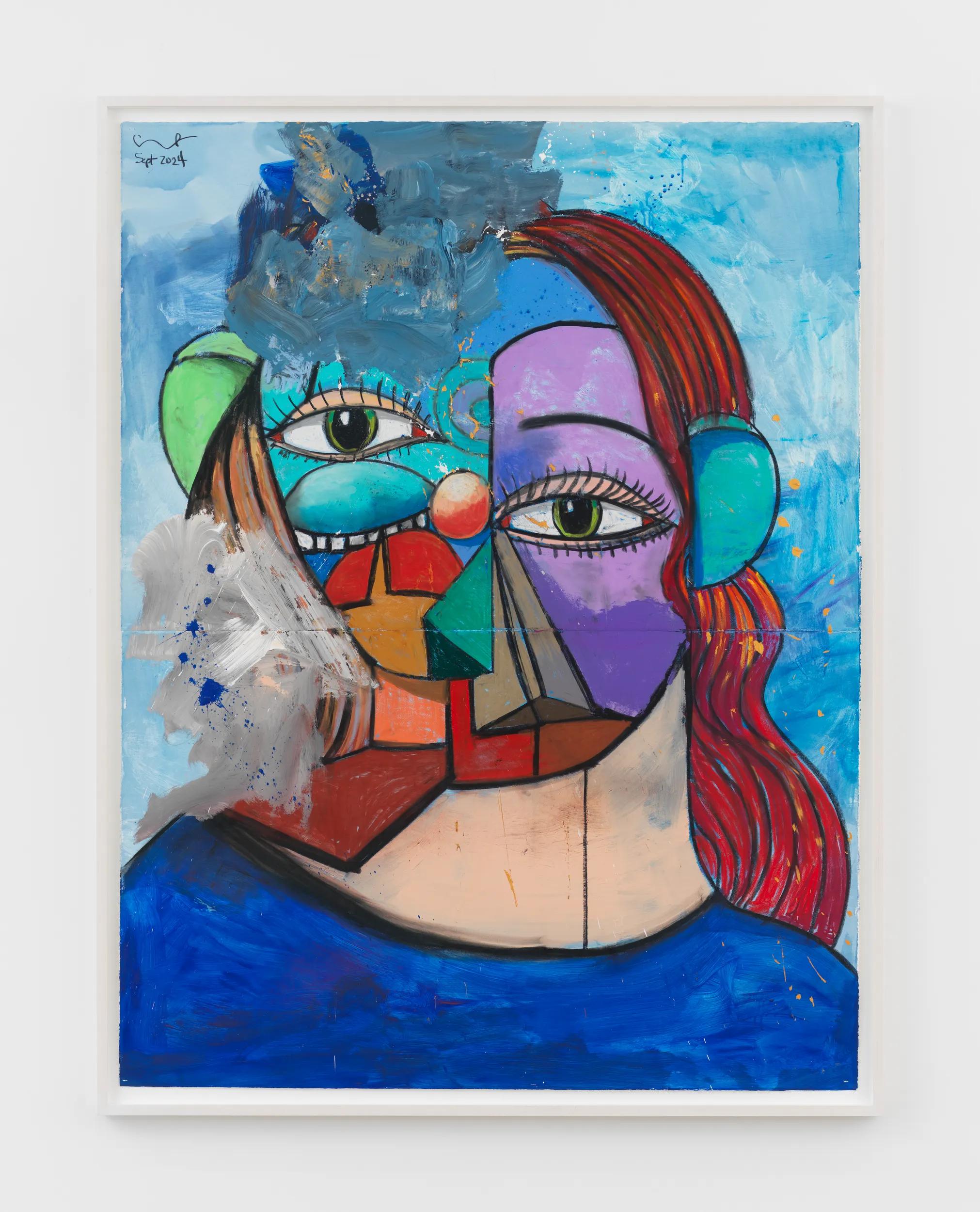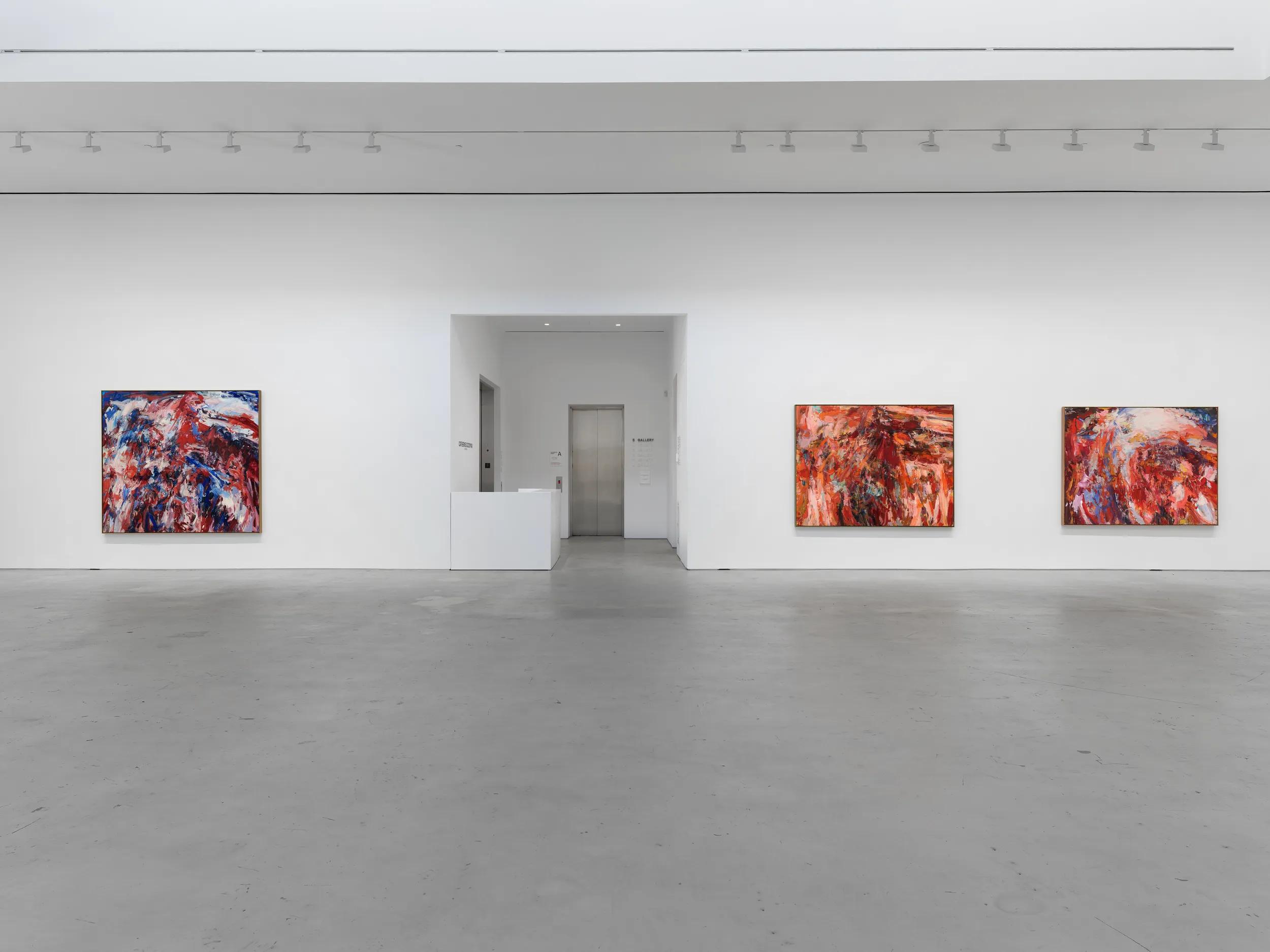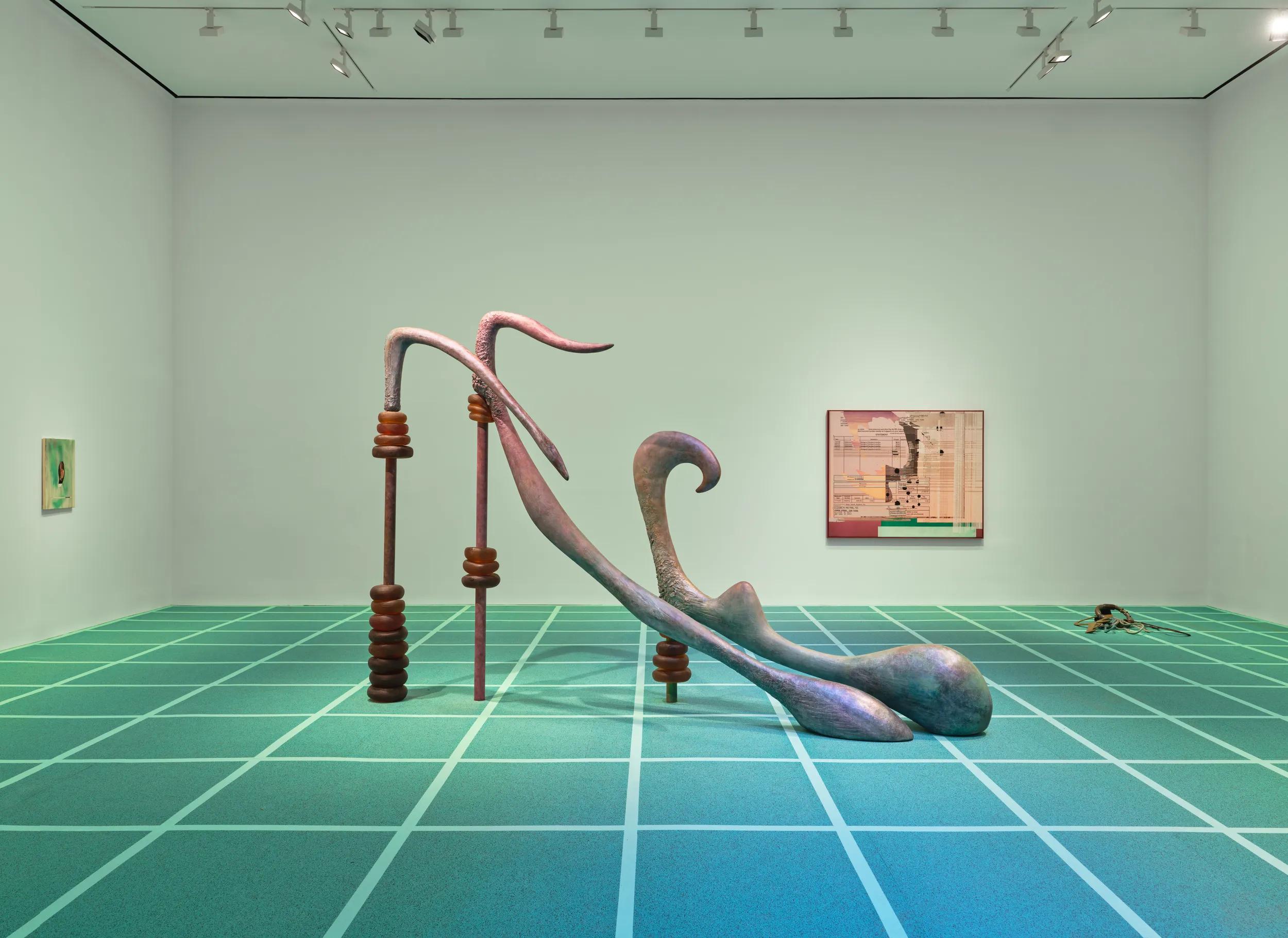
Paul McCarthy
16 October - 20 December 2003
London
Following the presentation of his inflatable sculptures, ‘Blockhead’ and ‘Daddies Bighead’, at Tate Modern, the American artist Paul McCarthy (born 1945) is set to inaugurate Hauser & Wirth London with his latest project, a video and installation entitled Piccadilly Circus.
Paul McCarthy is one of the world’s most influential artists. He first came to public notice in the 1970s with his performances and videos. Since the mid-1980s, he has created complex installations and videos as well as a number of sculptural works, most recently the large-scale, inflatable outdoor sculptures on display outside Tate Modern until the end of October 2003. In his work, Paul McCarthy makes use of the language and imagery of American consumer culture, from Disneyland to the Hollywood dream factory. But he gives them another twist, transposing the commonplace into the disturbing and the grotesque, unmasking the dysfunctional reality that lurks behind the American dream.
With his new work, Piccadilly Circus, McCarthy makes references to earlier works such as Bossy Burger (1991), Santa Chocolate Shop (1997) or Saloon Theater (1995-99), which have come to be regarded as milestones of video installation art. In Piccadilly Circus video becomes part of the installation as a whole, which consists of the original set for the performance and the video projected around the room. This combination creates a unique perspective for the viewer, one that keeps oscillating between what is projected as a video and the room that acted as the backdrop to the earlier performances. In this way, the setting and the performance record coincide: with the viewer given access to the set that was home to the projected action, the content of the video is made to merge with the viewer’s real-life perspective.
The project was first conceived when McCarthy visited the new Hauser & Wirth space in London. To him, the Lutyens designed former bank presented itself as an ideal building to work in: the ground floor held an impressive banking hall – with the drawers behind the counters only partially emptied. In the labyrinthine basement, McCarthy found a vault encircled by a corridor, resembling a dungeon or a gloomy hiding-place. On the top floor there was a dark-panelled office decorated with massive stucco work, that was inexplicably referred to as the ‘American Room’ in the floor plan.
These spatial and atmospheric impressions – with additional influence from the current global events – helped produce the characters that refer to notable leaders of our time that interact within this space: all identifiable by oversized masks and clownish costumes that give the figures a comic-like quality. Exaggerated and distorted, these characters are not interpretations of existing personalities, but rather represent systems of ideologies, values and moral precepts. The often disturbing actions and interplay depicted in the performances, filmed on site in London before the space was converted into a gallery space and later in a reconstructed version in Los Angeles, hint at psychological processes such as regression, self-destruction and obsessive behaviour. With the characters multiplying their images and growing increasingly indistinct, the impression that forces itself on the viewer is one of increasing isolation and helplessness.
About the Artist
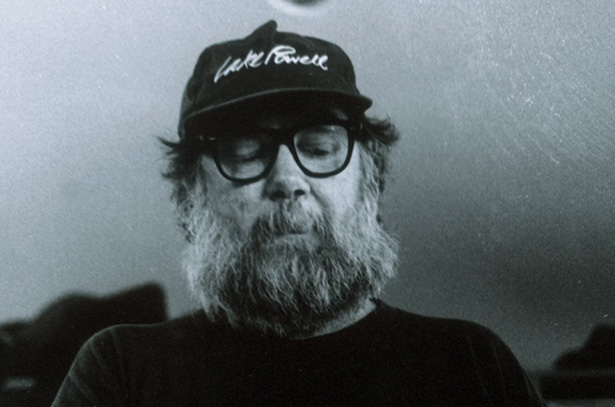
PAUL McCARTHY
Paul McCarthy is widely considered to be one of the most influential and groundbreaking contemporary American artists. Born in 1945, and raised in Salt Lake City, Utah, he first established a multi-faceted artistic practice, which sought to break the limitations of painting by using unorthodox materials such as bodily fluids and food. He has since become known for visceral, often hauntingly humorous work in a variety of mediums—from performance, photography, film and video, to sculpture, drawing and painting.
During the 1990s, he extended his practice into installations and stand-alone sculptural figures, utilizing a range of materials such as fiberglass, silicone, animatronics and inflatable vinyl. Playing on popular illusions and cultural myths, fantasy and reality collide in a delirious yet poignant exploration of the subconscious, in works that simultaneously challenge the viewer’s phenomenological expectations.
Whether absent or present, the human figure has been a constant in his work, either through the artist‘s own performances or the array of characters he creates to mix high and low culture, and provoke an analysis of our fundamental beliefs. These playfully oversized characters and objects critique the worlds from which they are drawn: Hollywood, politics, philosophy, science, art, literature, and television. McCarthy’s work, thus, locates the traumas lurking behind the stage set of the American Dream and identifies their counterparts in the art historical canon.
McCarthy earned a BFA in painting from the San Francisco Art Institute in 1969, and an MFA in multimedia, film and art from USC in 1973. For 18 years, he taught performance, video, installation, and art history in the New Genres Department at UCLA, where he influenced future generations of west coast artists and he has exhibited extensively worldwide. McCarthy’s work comprises collaborations with artist-friends such as Mike Kelley and Jason Rhoades, as well as his son Damon McCarthy.
Current Exhibitions
1 / 12
